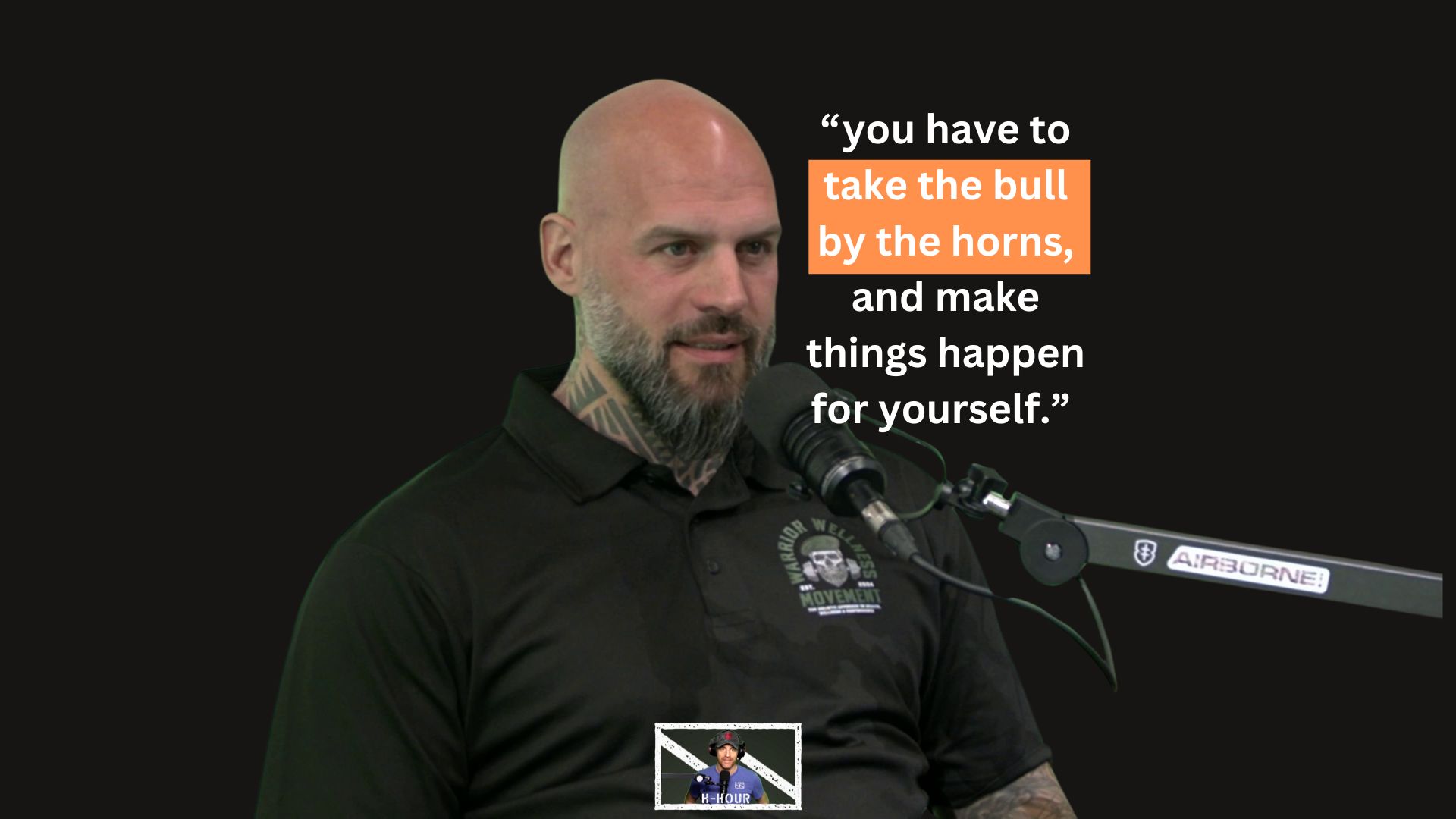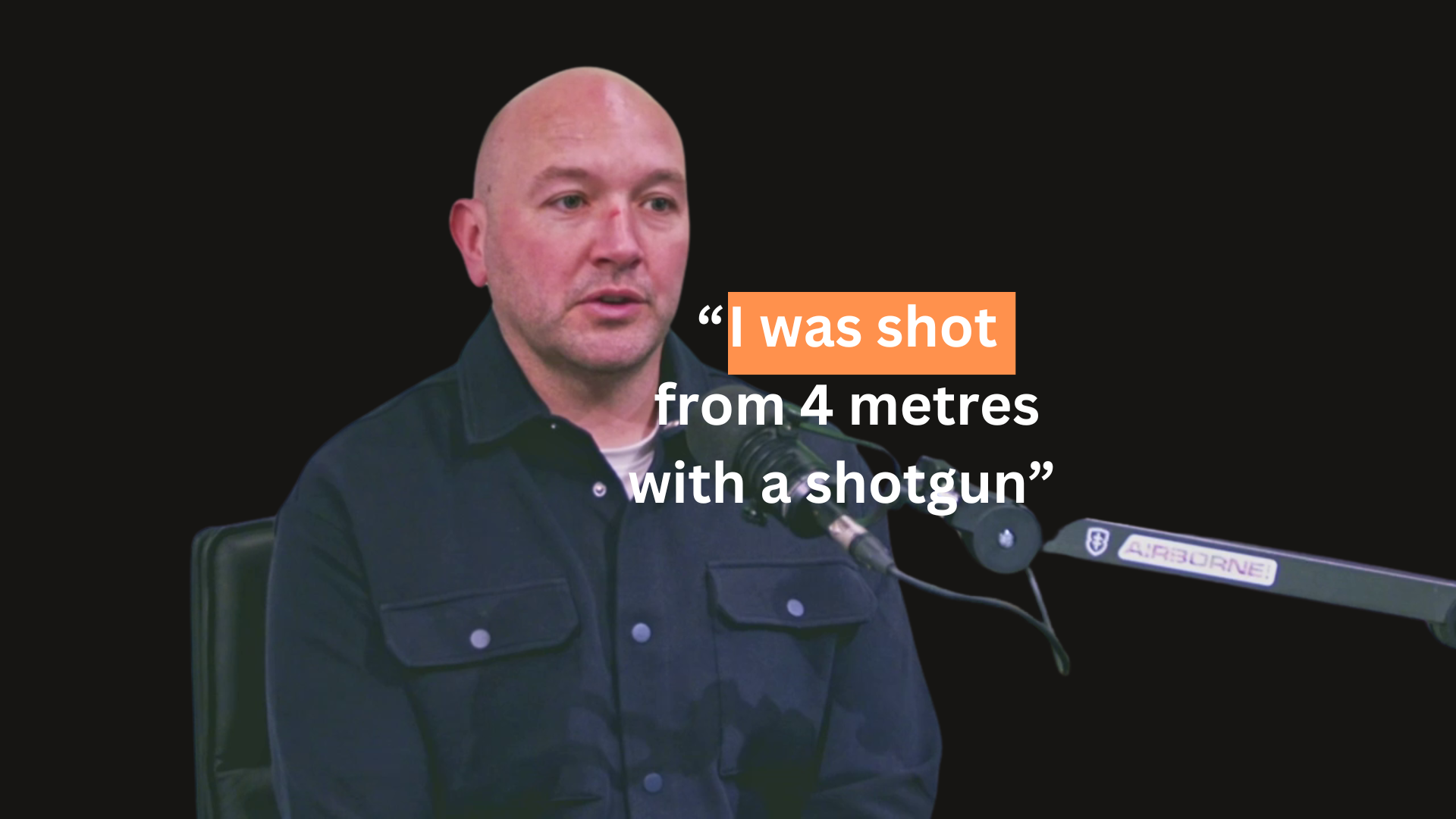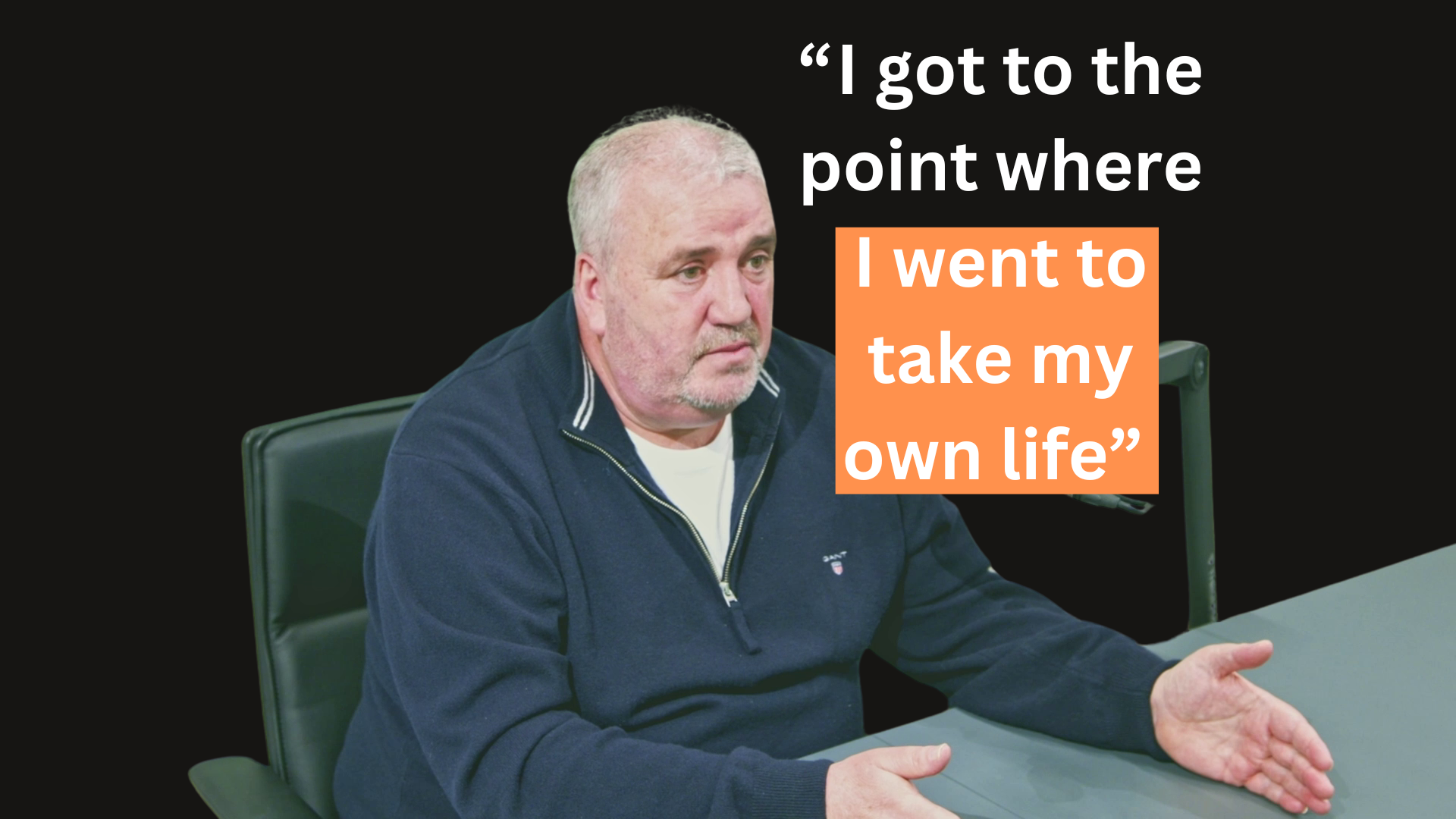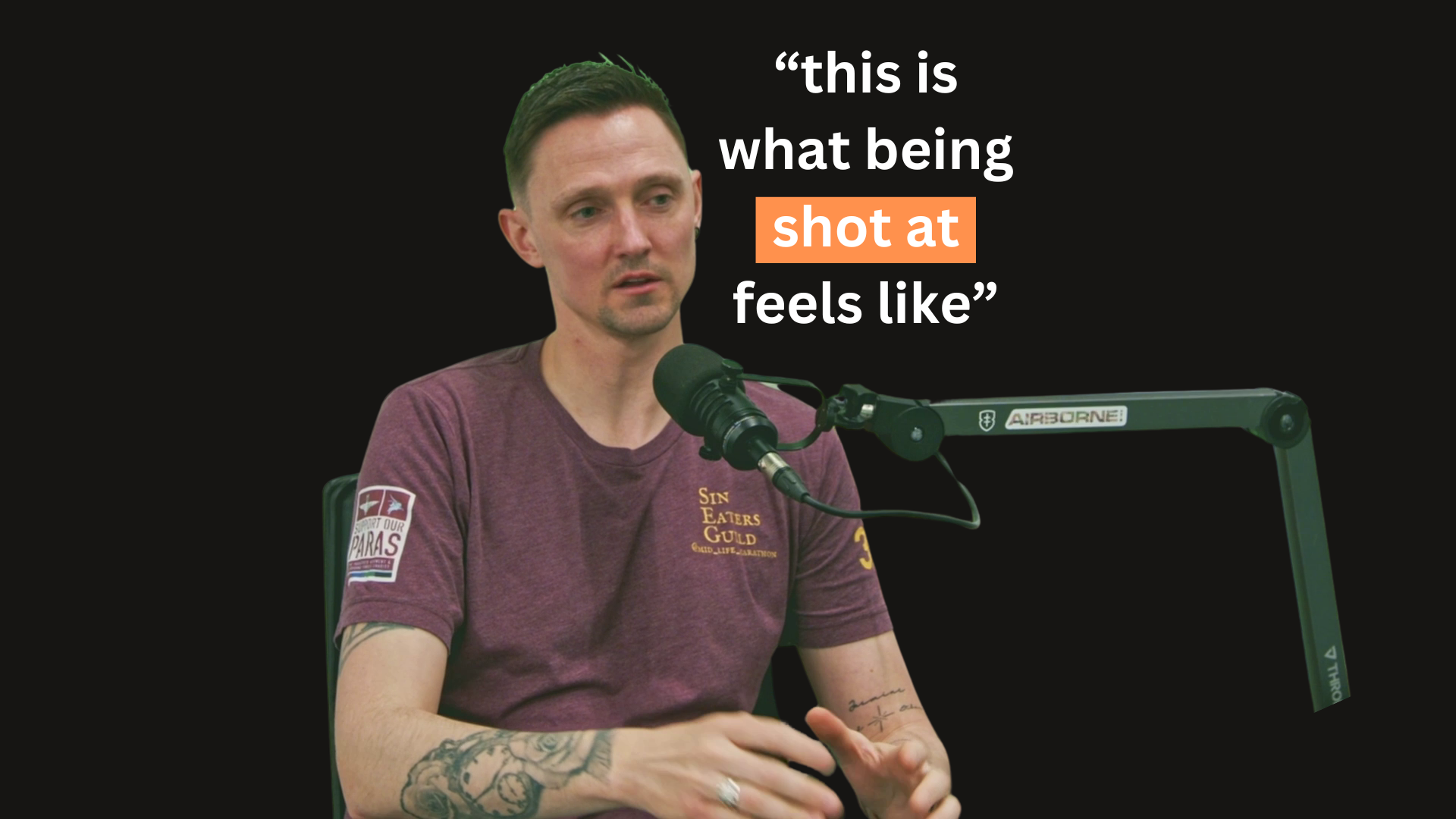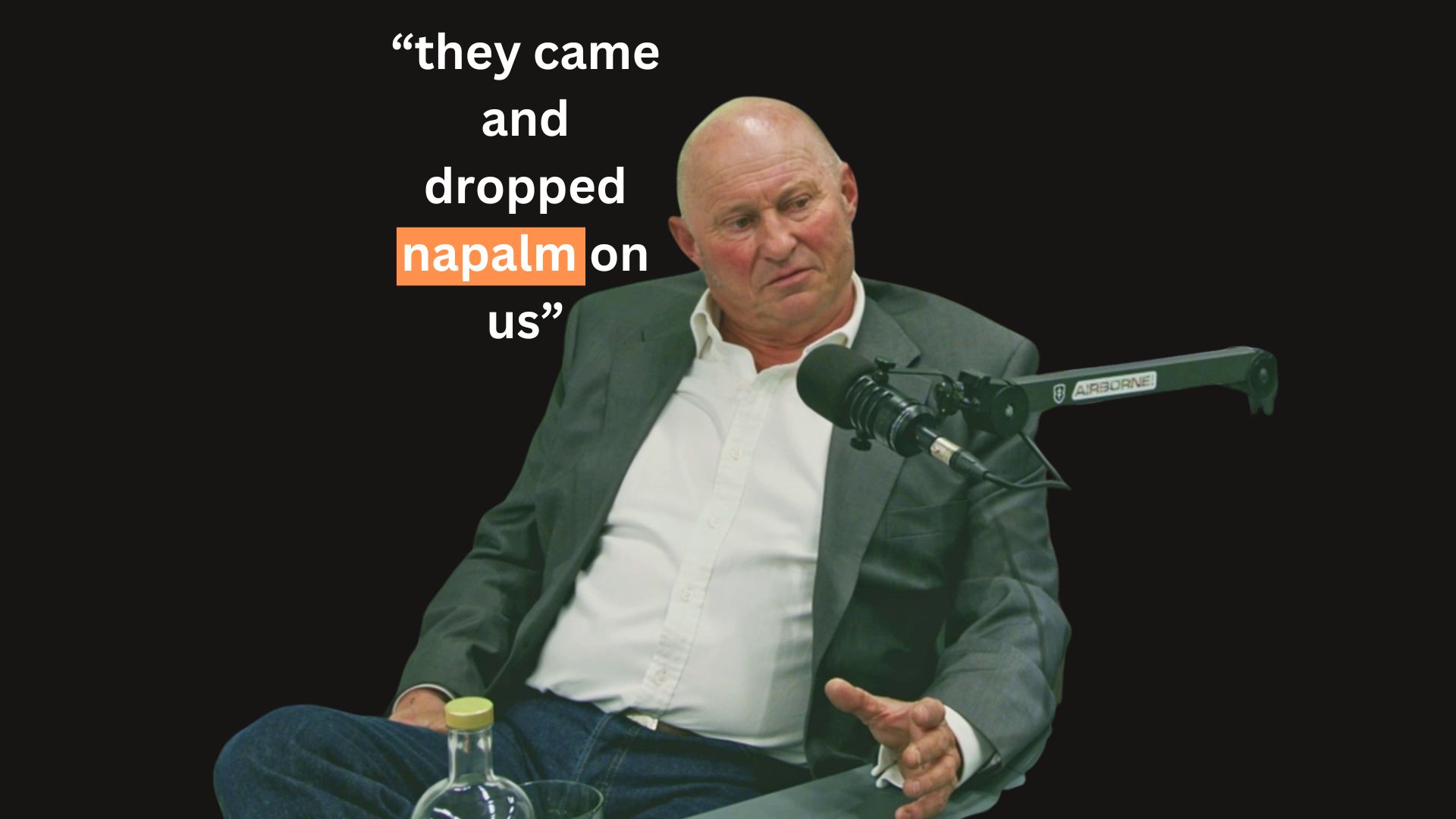What is Allyness?
To understand “Allyness” you first need to take a look at the origin of the word “Ally”.
The Origin of “Ally”
Pronunciation: /ˈali/
Legend has it that the “way-back-when” origin of the word is a slang foreign language term meaning “shade”, probably a regional dialect variation on an Arabic word and discovered in Yemen during British military operations there in the 1960’s, specifically in the Radfan Hills and Aden.
During these operations, members of The Parachute Regiment would reshape their berets, pulling them forward so that the style of the beret not only hung over the right ear, but also peaked forward slightly to provide shade over the eyes from the harsh desert sun – this style became known as an “Ally Beret”. The beret was non-conformist (worn in a fashion other than that dictated by army regulations), yet functional, serving a purpose and an improvement on the standard issue.
As the years rolled on, ally berets became more common place in the UK, where although not needed (there is rarely a harsh desert sun in the UK!), they were seen as a privilege to wear for only those with experience and respect in the unit – especially among Private and Non-Commissioned Officers.
Not ally – Below: King Charles III, wearing a beret, as issued, (the beret, although maroon, has a slight lack of allyness due to the standard shaping and with the cap badge placed squarely over the left eye).
(Photo by Mark Cuthbert/UK Press via Getty Images)

Ally – Below: a paratrooper in Afghanistan wearing an ally beret, molded forward to shade the eyes from the sun.. To enable this, the cap badge needs to be shifted from above the left eye (where it should be according to regulations), to nearer the left ear.

Buy the Airborne author of this article a beer!
The Evolution of Ally
Over time, the word “Ally” gradually started being used by the Paras to describe other items of kit or clothing that had been modified from their “as issued” state, to better perform their task according to the requirements of the individual paratrooper. A more recent example of this is the practice of replacing the issued, plastic clip style Combat 95 webbing belt with a “roll-pin belt”. The issued belts are still renowned for snapping or unclipping at inopportune times and frequently coming loose. The roll pin belt (a long canvas strap with a steel securing mechanism) is to this day used for securing heavy loads in military cargo – very sturdy and reliable. The Paras would procure these straps and cut the metres of excess material off so that they were short enough to be used as an “ally” webbing belt. Not the norm, but functional, serving a purpose, an improvement on the issued kit. They could not snap and would come loose much less frequently (if at all).
Below – A member of 2 Para on operations. Circled in red is the tail end of his roll pin belt (the locking mechanism is hidden by his weapon).

These “illegal” modifications to kit and equipment led to the Paras being renowned for appearing scruffy / non-uniform like in the field. Paratroopers would wear and use what worked for them and improved their efficiency as an individual and therefore the unit, regardless of whether it was issued or not. Issued boots were rarely worn in the field during the 90’s and 00’s due to the rubbish being issued by the British Army! (Times have thankfully improved slightly).
Over time, individuals from other, non-Parachute Regiment units started to follow suit, choosing functional and purposeful modifications and getting away with it where they could (these other units were (and are) much less tolerant of non-uniformity and use of non-issued kit).
In the mid-noughties, “Ally” had broadened in meaning, used to describe items of kit or clothing as mentioned in the previous paragraphs, but also being used as a word meaning a combination of “cool/against the rules”.
E.g. “Smudger managed to sneak a crate of beer out of the Officers’ Mess last night after he’d dropped the C.O. home, he was still smashing the beers at 6am this morning in B Company’s block. Ally!”
Allyness Saves Lives
The phrase “Allyness Saves Lives” pays homage to one of the early meanings of the word and the belief that choosing function and efficiency of kit and clothing over simply looking smart improves the efficiency of a unit, making them a better fighting force.
This phrase is often attributed as being coined by Colonel Stuart Tootal, Commanding Officer of the 3rd Battalion, The Parachute Regiment, when giving a set of orders for an attack in 2006 on Operation Herrick in Afghanistan. The phrase had been used loosely before this within “3 Para” but the C.O. made it legendary when he used it in his orders – a high ranking officer acknowledging ally kit and its significance within the Parachute Regiment and its history. It had no particular significance in the details of the orders, but the Lt. Colonel used it as a call to arms at the end of this particular event “…and remember men, Allyness Saves Lives!”
If you have any comments to add or information to contribute, hit the comments section below…the description of allyness above can always be updated with other nuggets of history!





